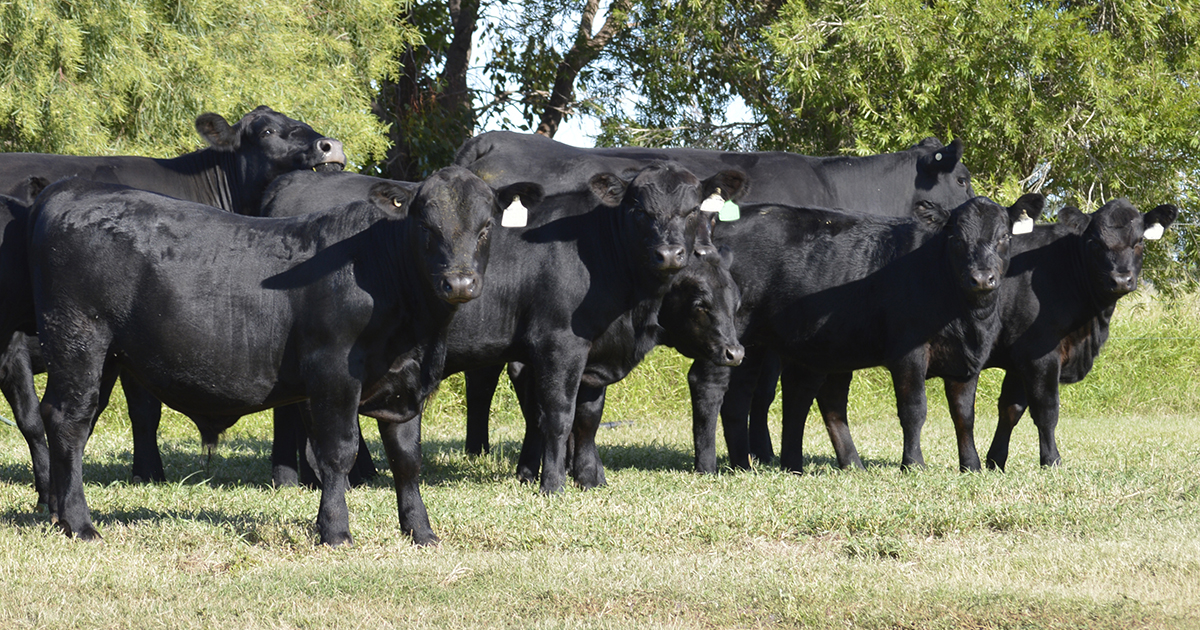The use of sex sorted semen in the Australian Beef Industry


It is common knowledge that the dairy industry is well ahead of the beef industry in the uptake of both artificial insemination (AI) and sex-sorted semen.
The primary driver of the latter is obvious with the tremendous upside to the industry of effectively replacing the majority of the male calf crop each year (i.e. 50% of calves born) with females.
Sexed semen sales are however also growing at a phenomenal rate in the beef industry as the size of the AI market grows. Beef semen sales experienced 25% year on year growth reaching 448,000 doses last year recorded from herd improvement companies. While this currently represents less than 1% of Australian beef semen sales
(vs 22% in dairy), several factors are driving this growth which is set to continue accordingly to the leading herd improvement companies.
Sexed semen has a place in the beef market. The rate of growth will ultimately be determined by its uptake in sectors where there is a significant premium such as part of the national herd rebuild post drought (predominantly Angus female sexed semen).
The uptake of sexed product will also be largely driven by factors such as:
Uptake for AI in the beef industry is largely driven by use of synchronisation protocols that enable fixed-time AI (FTAI), however the traditional approach may not best suit sex-sorted semen. In a traditional FTAI program, females are inseminated at a ‘fixed’ pre-determined time, irrespective of behavioural oestrus.
To incorporate sex-sorted semen into an FTAI program, it is recommended that protocols and management procedures are amended to ensure that every female that receives a dose of sex-sorted semen has a higher likelihood of conception. This usually takes a tailored approach to synchronisation and it is recommended that an expert in the field is consulted before embarking on such
a program.
Sex-sorted semen will continue to attract a premium price due to its higher cost of production and different processing methodologies. Furthermore, fewer straws are produced from the sorting process than conventional semen processing.
Australian beef producers can currently access sex-sorted semen from approximately $45 to upwards of $120 with price variations often reflecting supply and demand of particular sires.
Given the price of purchasing elite sire bulls ($50,000+) combined with the benefits of being able to select male or female semen (depending on individual breeding objectives), increasing the rate of genetic gain in a herd gain and increasing profitability.
While the price of sexed semen may seem expensive, when you consider the number of bulls sold for $100,000+ (for the collection of conventional semen), the price of sex-sorted semen becomes more economical, especially when other benefits are considered. For example, being able to select male or female semen to achieve individual breeding objectives, increasing genetic gain in the herd and
increasing profitability.
According to Nigel Semmens, Genetics Australia, demand has increased this year for “fresh” sex-sorted semen from beef sires with producers achieving excellent conception rates. With the Sexing Technologies lab on site at Total Livestock Genetics, semen can be collected, processed through the sexing machine and kept at a controlled temperature before being used in AI programs within 48 hours of collection.
Sexing Technologies is the only company currently in Australia with a sex-sorting semen laboratory located at Camperdown, Victoria. We understand that this will soon be complemented by a second laboratory in Rockhampton to service the northern beef market.
The sperm is sorted by analysing the differences in DNA content between the X- and Y- bearing sperm. In cattle, the X- chromosome (female) contains approximately 3.8% more DNA than the Y- chromosome and the sorting technique is routinely 93% gender accurate.
All AI companies are continuously engaged in bringing to market a selection of sires with the required traits and genotypes to produce the highest ROI for industry stakeholders.
A key factor to the uptake and development of sexed semen will be the use of data. Paul Douglas from Sexing Technologies stresses that the future will be driven by stud breeders and commercial farmers using objective measurements to identify the elite or top performing portion of their herds and in turn applying advanced reproductive technologies to infuse these animals with high performing and efficient genetics.
The availability of trained personnel to conduct assisted breeding programs will be critical to sustain the rapid industry growth rates.
Rapid technological advances combined with genomics, increasing specialist knowledge and increasingly successful commercial AI programs are likely to continue driving the uptake of sex-sorted semen in the beef industry. The establishment of a second Australian lab to service the northern beef industry is also likely to serve as another pillar for growth; particularly while market and seasonal conditions remain favourable.
Vetoquinol would like to acknowledge and thank the following contributors to this article: Anthony Shelley (Genetics Australia), Bill Cornell (ABS Australia), Paul Douglas (Sexing Technologies), Geoff Woods (World Wide Sires), Mike Rose (LIC Australia), Bob Merlin (Select Sires U.S.A) and Tim King (Hico.)